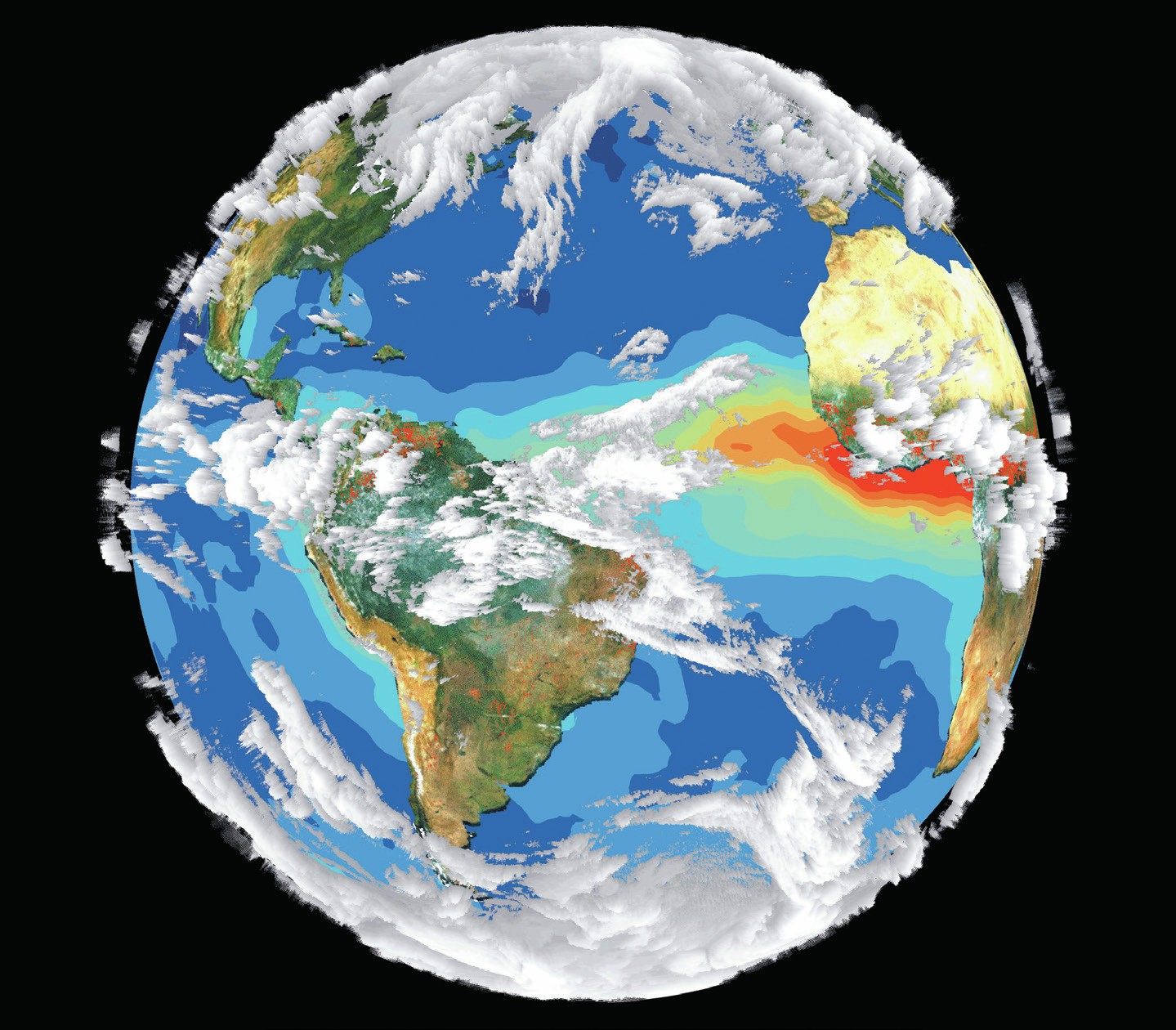
In ancient Greece, Gaia was the name for all life, personified as a goddess (‘mother Earth’). Since the 1970s the word has been used in scientific investigations of the past, present and future of our planet. The so-called Gaia hypothesis was first put forward by British scientist James Lovelock and American microbiologist Lynn Margulis in 1974. Since then it’s been tested and discussed widely, and it seems even more relevant today.
The Earth has undergone remarkable changes during its 4.6 billion year history. One key process was the emergence of life around 3.8 billion years ago, followed by evolution of complex, interdependent species on land and in the oceans.
Your organisation does not have access to this article.
Sign up today to give your students the edge they need to achieve their best grades with subject expertise
Subscribe




